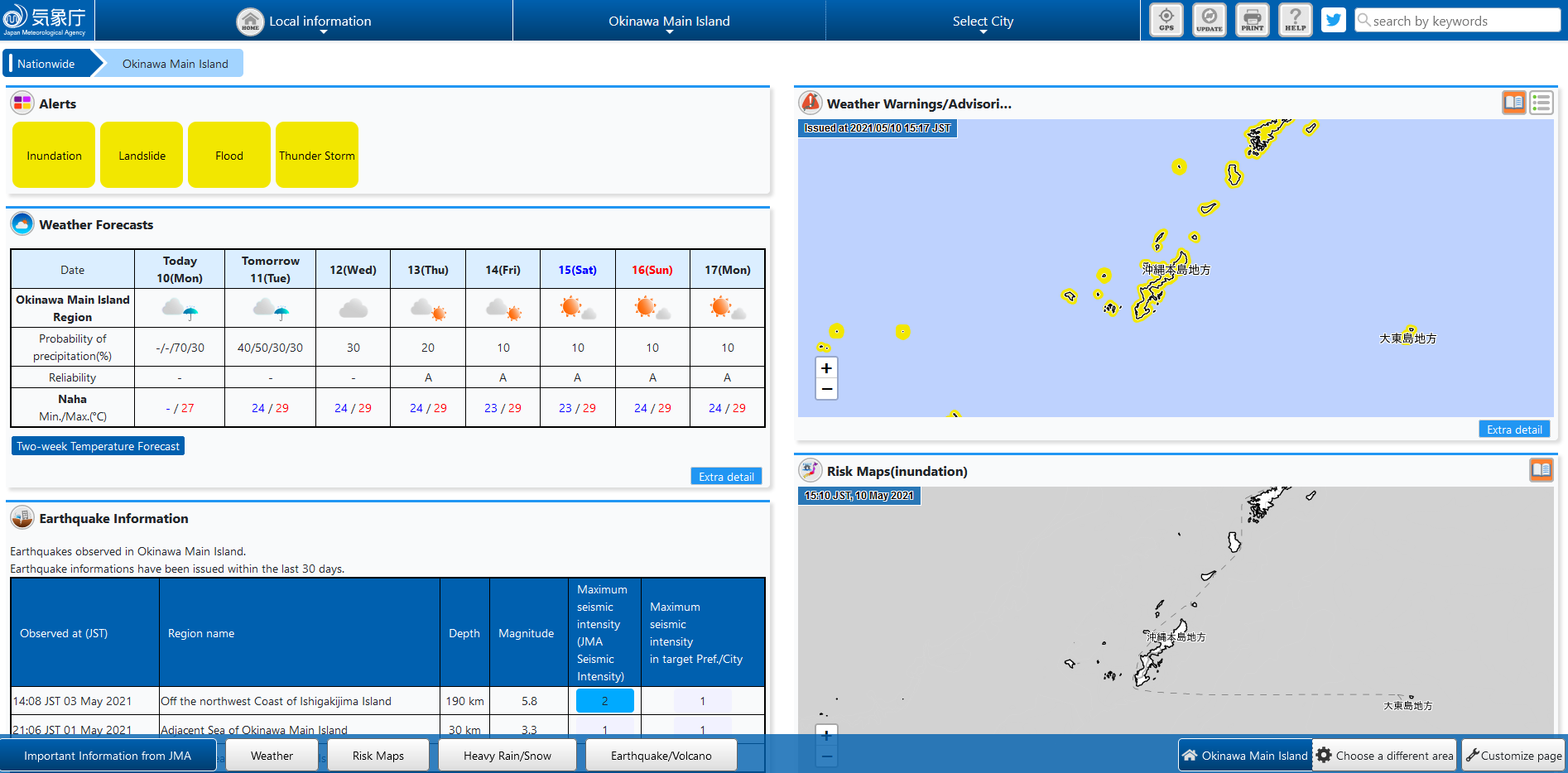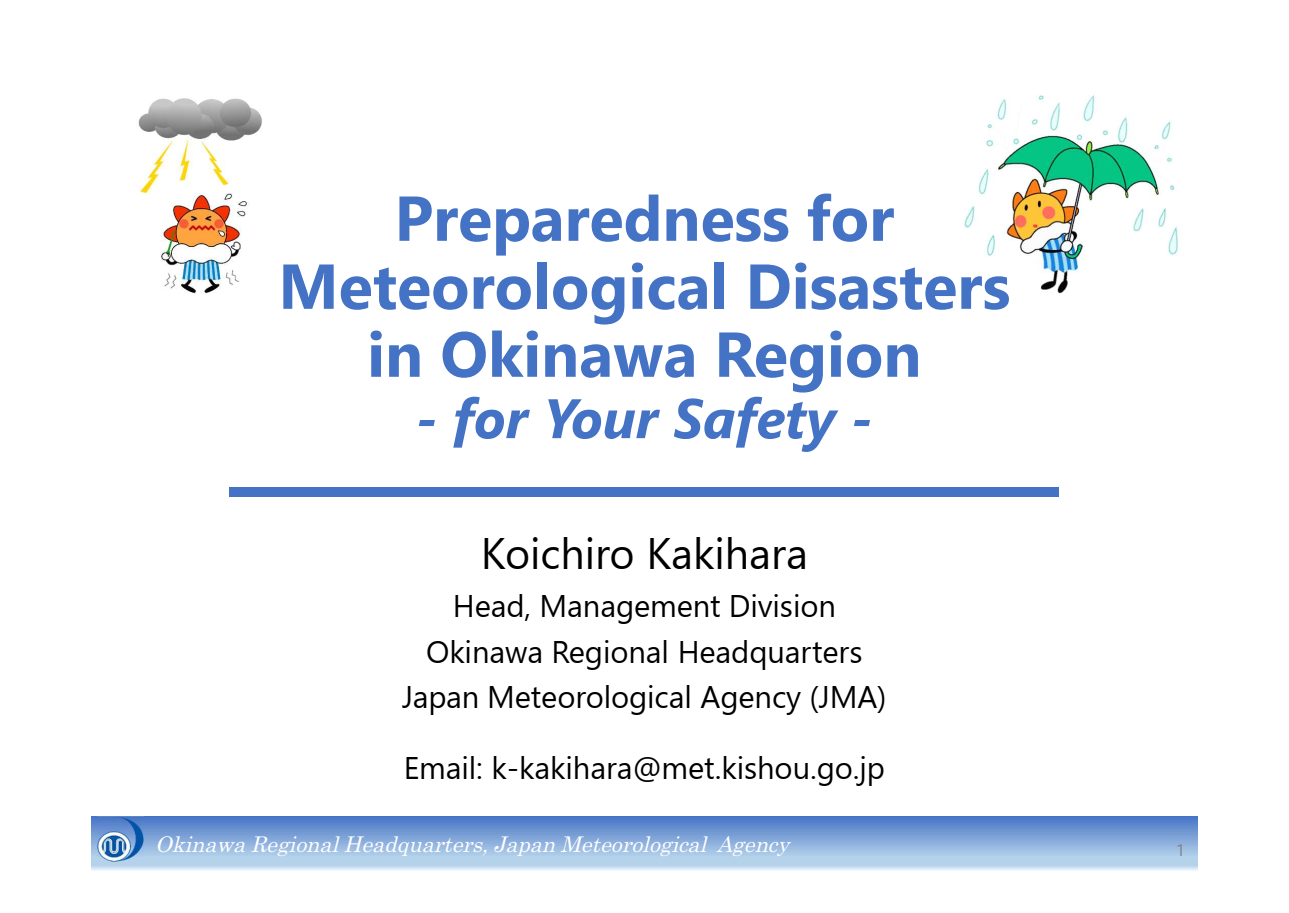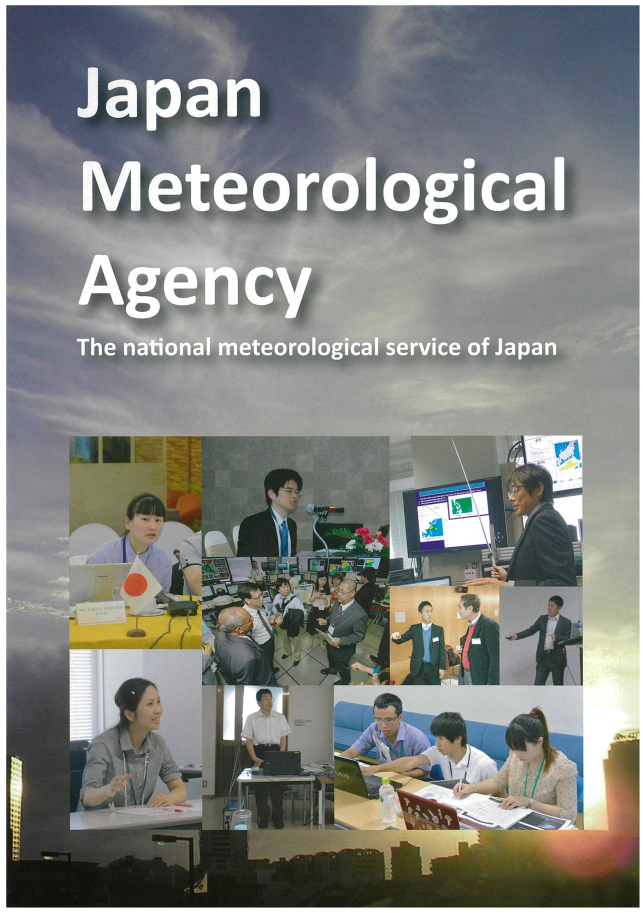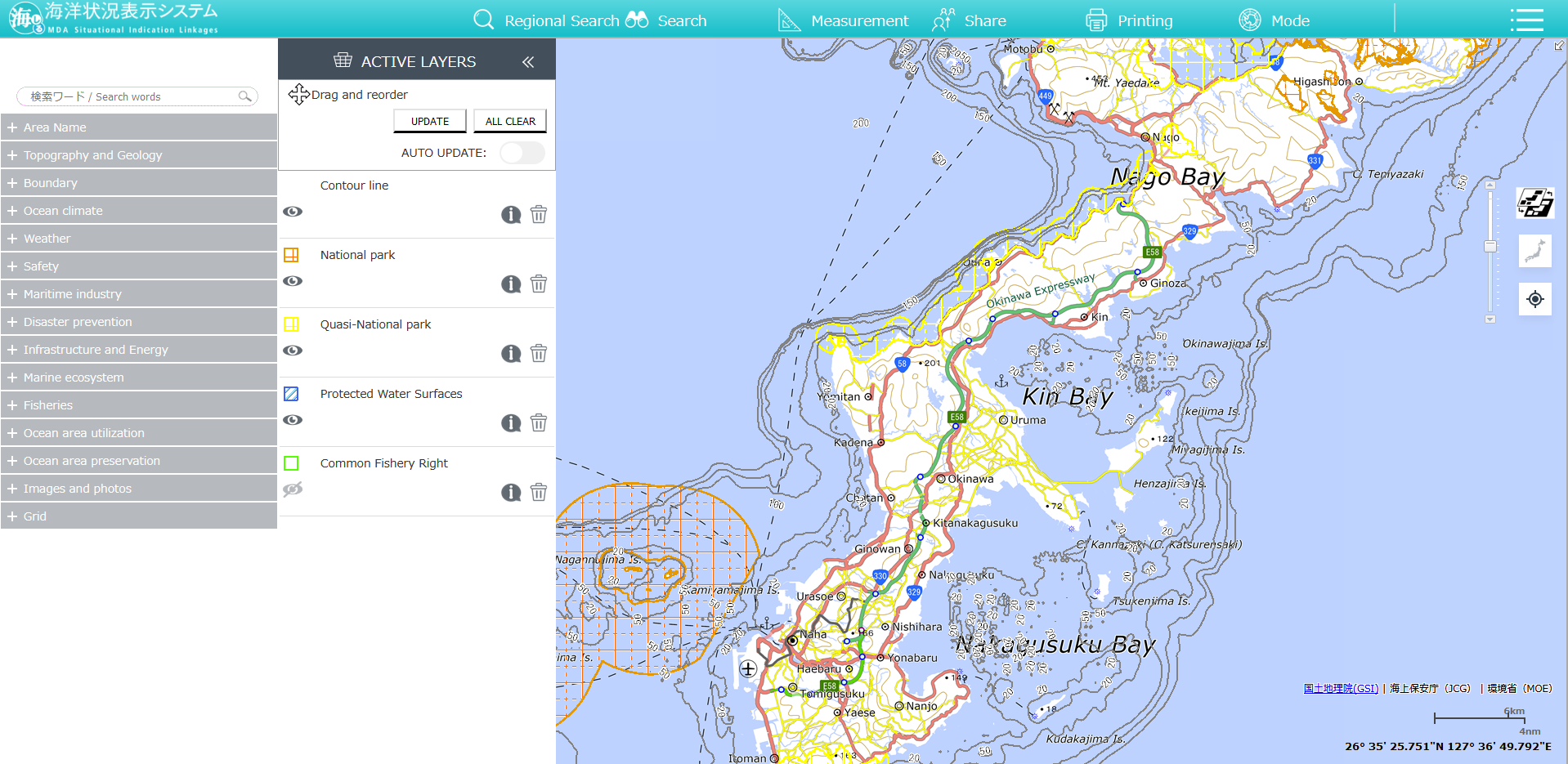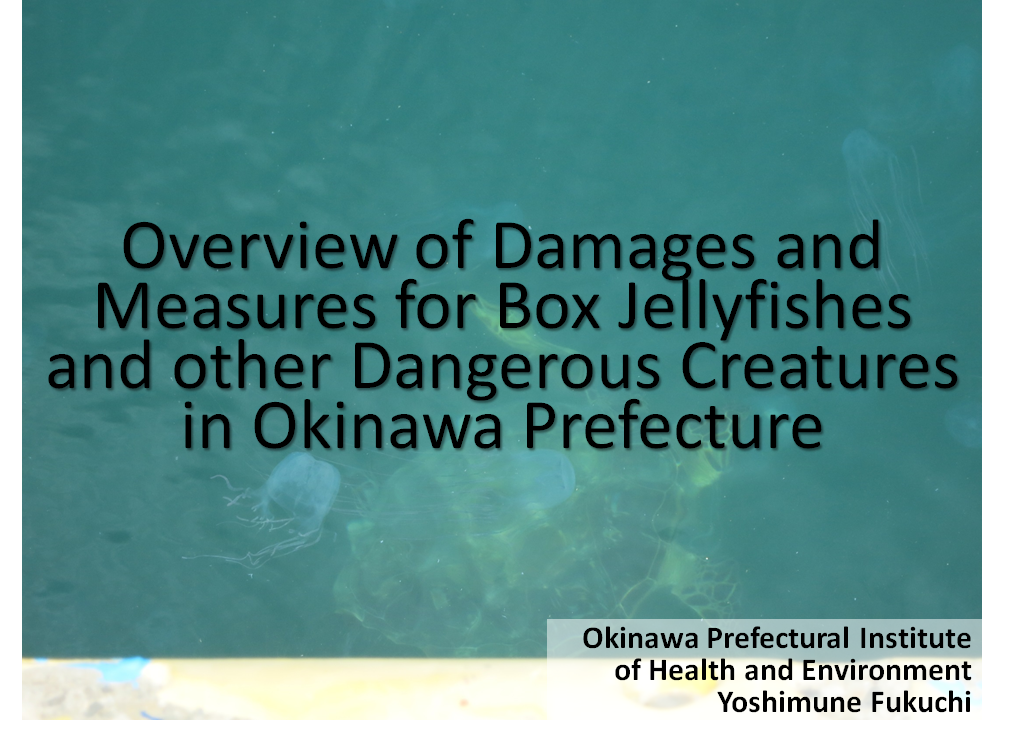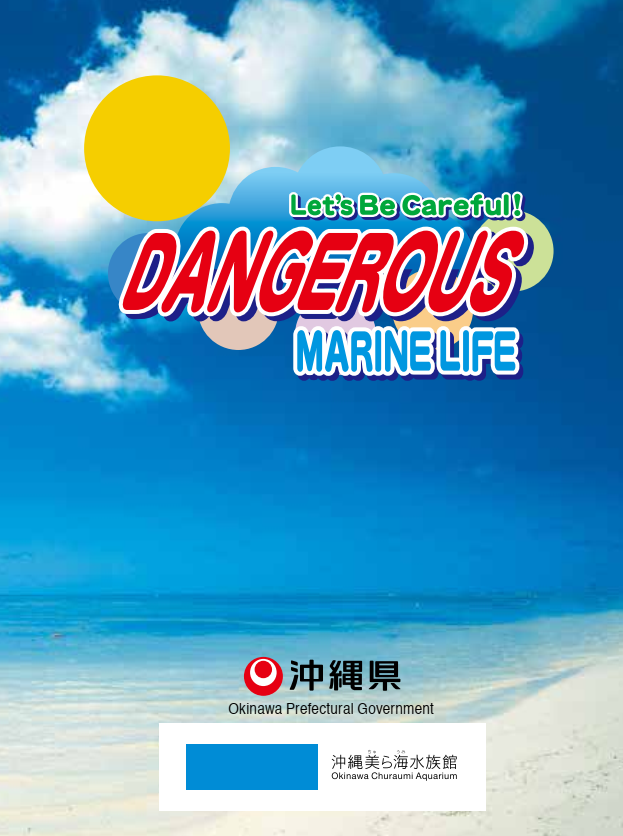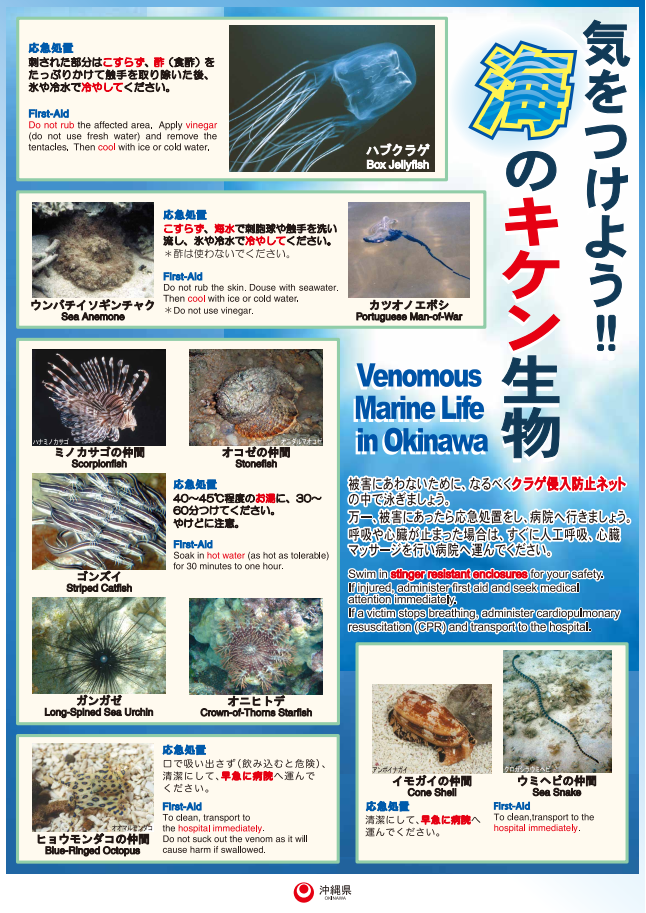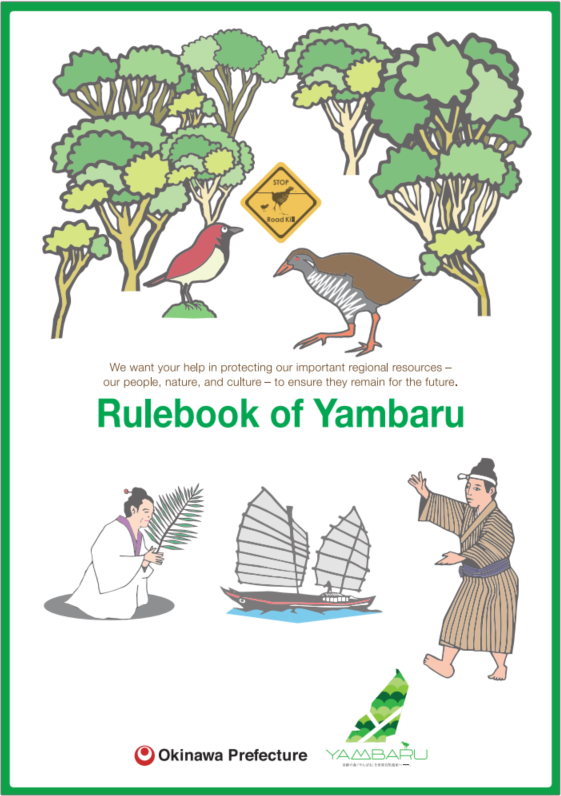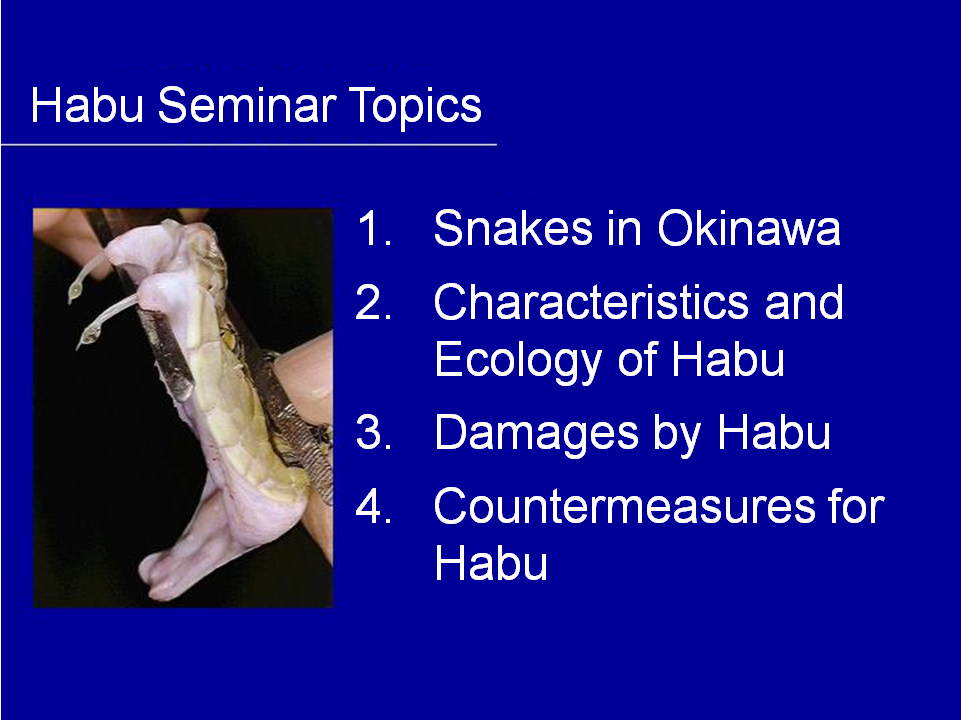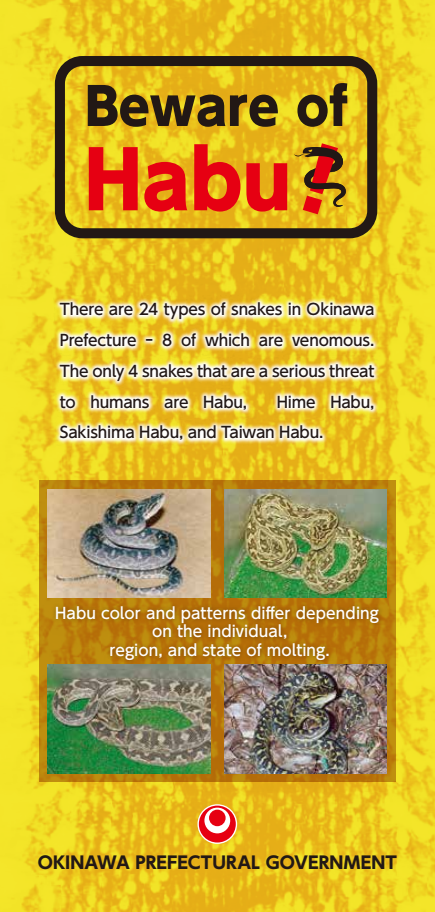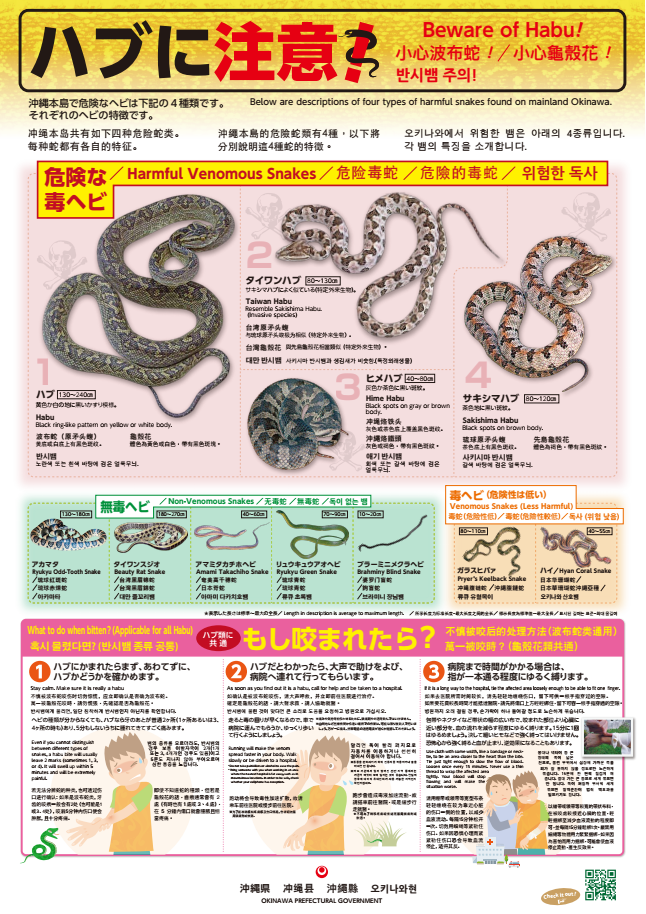Field Safety
| Jump to: | Common Hazards | Weather | Water Safety | Marine Accident List | Marine Environment | Marine Life | Field Safety | Hiking | Habu |
Common Hazards in Okinawa (summary)
*based on information provided by Okinawa Prefectural office, Japan Meteorological Agency, and OIST FWSC
**Earthquakes and Tsunami can occur anytime. Always be prepared. Find out the closest evacuation site and know how to get there.
Weather
Of the 47 prefectures in Japan, Okinawa is ranked 35th sunny prefecture, meaning that Okianwa is somewhat often hovered by clouds and/or rain. The weather can often change suddenly in Okinawa, so it is always wise to check the NOWCAST. Heavy rain can often lead to landslides, so be sure to check the hazard map.
Be sure to remain hydrated during the hot humid summer and take adequate breaks in the shade to avoid heatstroke.
Japan Meteorological Agency
Heatstroke (Heat-Induced Illness)
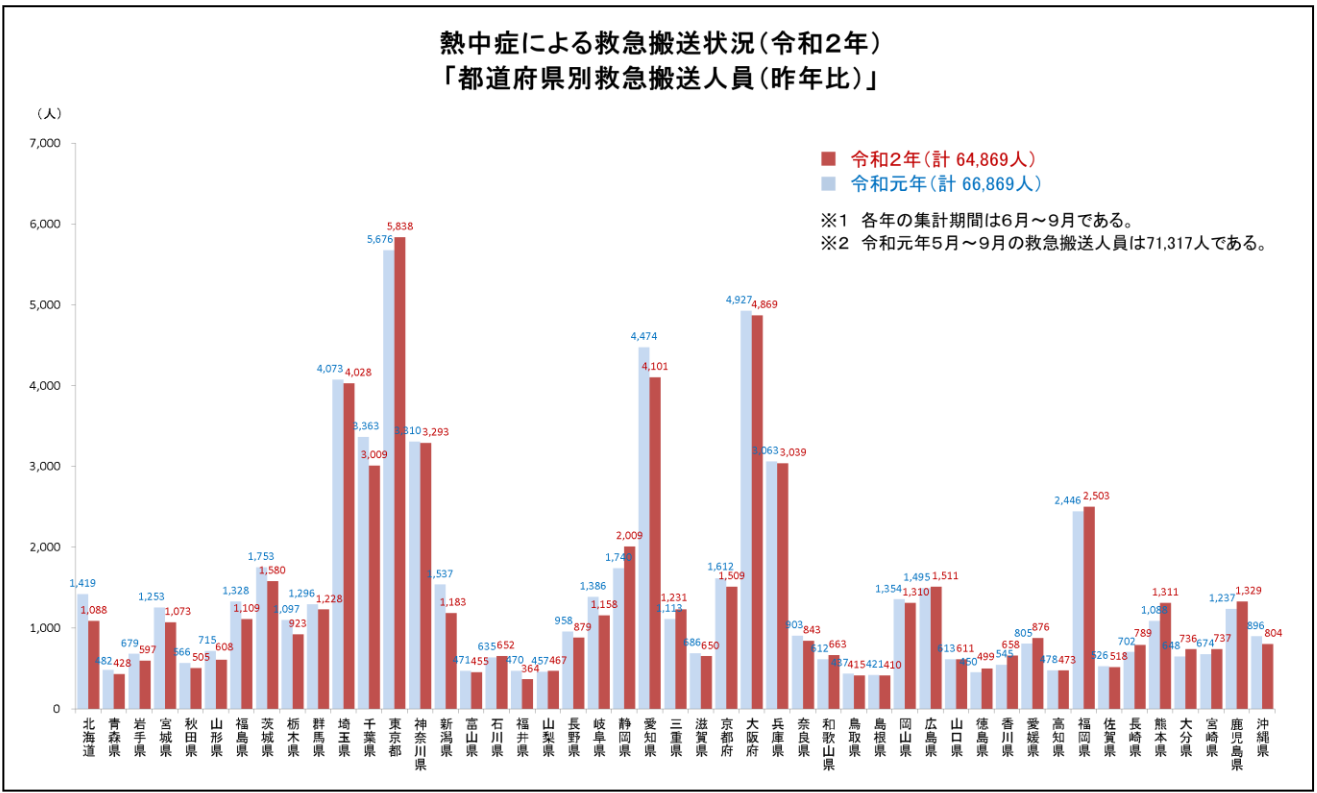
|
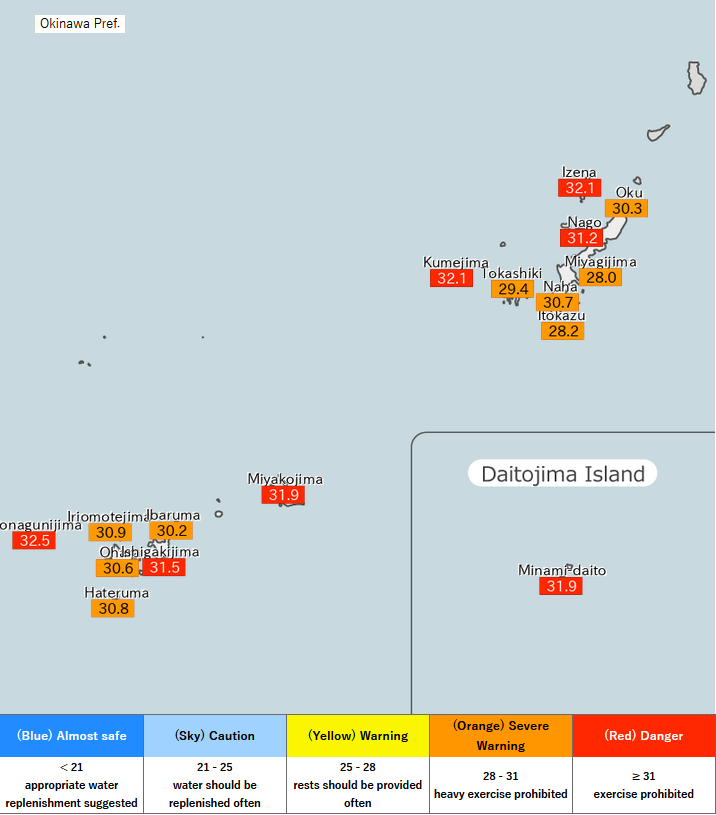
|
|
Public Announcement on Water Safety and Awareness
During pandemic, refer to OIST Policies, Okinawa Prefectural Government (OPG) guidelines, announcements/notifications from local municipal offices (such as remote islands).
-Examples of COVID-19 measures (from OHS Safety Updates, May 2020)
-Under the circumstances of the recent spread of the Novel Coronavirus (COVID-19) Infection, Ministry of Health, Labor and Welfare issued an addendum for "CPR Guidelines 2015 (for general public)." Find the details in "Cardiopulmonary Resuscitation (CPR) by the General Public in View of the Spread of Novel Coronavirus (COVID-19) Infection (Guidelines)."
Marine Accident List
The tragic and recent death of an OIST student whilst spending recreational time in the sea highlights all too clearly the potential hazards of water related activities in Okinawa. If you are spending time at the coast or in the sea whether recreationally or as part of field work activities, please be aware of the hazards. There are particular spots around Okinawa that are known to have strong currents. Sadly, there have been many ocean related accidents reported across Okinawa in the last year. See below:
|
5-May-22 |
Ishigaki Island |
Husaki Beach |
Snorkeling Accidents |
Fatal |
|
11-May-22 |
Ishigaki Island |
Snorkeling Accidents |
Unconsciousness |
|
|
14-May-22 |
Aguni Island |
Snorkeling Accidents |
Fatal |
|
|
30-May-22 |
Ishigaki Island |
Maesato |
Snorkeling Accidents |
Fatal |
|
6-Jul-22 |
Uruma City |
Ike Island |
Snorkeling Accidents |
Resuscitated |
|
6-Jul-22 |
Onna Village |
Apogama |
Secondary Accident |
Fatal |
|
11-Jul-22 |
Onna Village |
Cape Maeda |
Snorkeling Accidents |
Fatal |
|
12-Jul-22 |
Tokashiki Village |
Snorkeling Accidents |
Fatal |
|
|
31-Jul-22 |
Urasoe City |
Minatogawa |
Snorkeling Accidents |
Fatal |
|
18-Aug-22 |
Aka Island |
Nishibama Beach |
Snorkeling Accidents |
Fatal |
|
21-Aug-22 |
Onna Village |
Apogama |
Secondary Accident |
Fatal |
|
18-Sep-22 |
Ishigaki Island |
Kabira Crystal Beach |
Snorkeling Accidents |
Missing |
|
18-Sep-22 |
Ishigaki Island |
Edaisaki |
Snorkeling Accidents |
Rescued |
|
28-Sep-22 |
Zamami Island |
Touma No.1 |
Snorkeling Accidents |
Fatal |
|
1-Oct-22 |
Taketomi Island |
Diving accidents |
Fatal |
|
|
5-Oct-22 |
Ginowan City |
Ginowan Marina |
Diving Accidents |
Fatal |
|
9-Oct-22 |
Onna Village |
Apogama |
Undisclosed |
Fatal |
Identifying hazards, assessing their risk, and taking preventive measures are important when planning and preparing for field work. Such awareness of hazards, assessment, and preventive measures should be conducted throughout the actual field work. This page and the Resources page contain some information that can be useful to risk assessment but should not be limited to these information.
Several sections within the Research Support Division may be able to provide support for certain field work. Contact Environmental Science Section for terrestrial FW information and Marine Science Section for marine FW (Support for Research Involving Wildlife and Field Work)
Marine Environment
Tsunami
Tsunami evacuation site information can be found on prefectural and local city office websites. Be sure to use these information while planning for your field work and have resources, such as cell phones or radios, to receive advisories and warnings from the Japan Meteorological Agency. Emergency messages and alarms are also distributed through the cities’ outdoor speakers.
Visit OIST Living in Okinawa: Tsunami page for local hazard maps and additional information.
Rip Currents and Maritime Information
MDA Situational Indication Linkages
"Japan Coast Guard commenced the operation of MDA Situational Indication Linkages (MSIL),
an information service that superimposes and displays satellite information, maritime meteorological information,
and other ocean information collected and held by the government"
More info (1) (2)
Rip Current Map
Map with photos of the locations where rip current has occurred and likely to occur. Select locations indicated in red, orange, or blue for details.
Red: previously reported rip current sites
Orange: where Coast Guard observed rip currents
Blue: potential rip current likely to occur
Japan Marine Accident Risk and Safety Information System
Japan Transport Safety Board (JTSB) launched a marine accident map. Click the map on the left to view boating-related incidents.
Pumice Stones from Underwater Volcano
Pumice stones from underwater volcano in the Ogasawa area are washed up to the Okinawa shores. The Japan Coast Guard are surveying the situation and posting their results with photos on their website (Warning: Pumice drifting in the sea 漂流する軽石への注意喚起)
Japan Coast Guard Marine Accident Annual Report (JPN)
2021 (January 27, 2022), Jetski, SUP, Snorkeling (January 2022)
2020 (January 15, 2021)
2019 (January 10, 2020)
2018 (March 15, 2019)
Marine Life
|
|
Public Announcement on Field Safety and Awareness
During pandemic, refer to OIST Policies, Okinawa Prefectural Government (OPG) guidelines, announcements/notifications from local municipal offices (such as remote islands).
-Examples of COVID-19 measures (from OHS Safety Updates, May 2020)
-Under the circumstances of the recent spread of the Novel Coronavirus (COVID-19) Infection, Ministry of Health, Labor and Welfare issued an addendum for "CPR Guidelines 2015 (for general public)." Find the details in "Cardiopulmonary Resuscitation (CPR) by the General Public in View of the Spread of Novel Coronavirus (COVID-19) Infection (Guidelines)."
| Ministry of Environment 環境省 |
Interacting with Wild Birds 野鳥との接し方について(報道発表資料) |
Nov. 2021 |
| National Police 警察庁 |
Overview of Mountain Disasters in the Summer of 2021 令和3年夏期における山岳遭難の概況 |
Sep. 2021 |
| Okinawa Prefecture 沖縄県 |
Heatstroke and Ultraviolet Rays 熱中症と紫外線 |
Aug. 2021 |
Hiking
Following is an excerpt from the National Police's Overview of Mountain Disasters - Measures to Prevent Mountain Accidents (see Public Announcement)
- Accurate hiking plans and preparation of full equipment
- Submission of plans
- Prevention of getting lost
- Learn how to read a map and use a compass and carry them with you when climbing a mountain so that you can always check and understand your position.
- By using GPS devices and other devices that can acquire location information, it is possible to obtain a more accurate location, which will help prevent getting lost and quickly identify the location in case of distress.
- Prevention of slips and falls
- Accurate judgement of situation
- In case of poor visibility due to fog (gas) or bad weather, or when you are in poor physical condition, the risk of getting lost or slipping and falling increases.
- If you feel that you may have lost your way, do not proceed blindly, but follow the trail you have just taken (trace) and turn back to the regular trail.
|
|
|
Habu
Okinawa Prefecture and local municipal offices announce Hubu Bite Warnings during May 1st ~ June 30th AND Bite Prevention Campaign during September 1st ~ November 30th each year
Other Information
Contact Environmental Science Section for terrestrial FW information and Marine Science Section for marine FW





